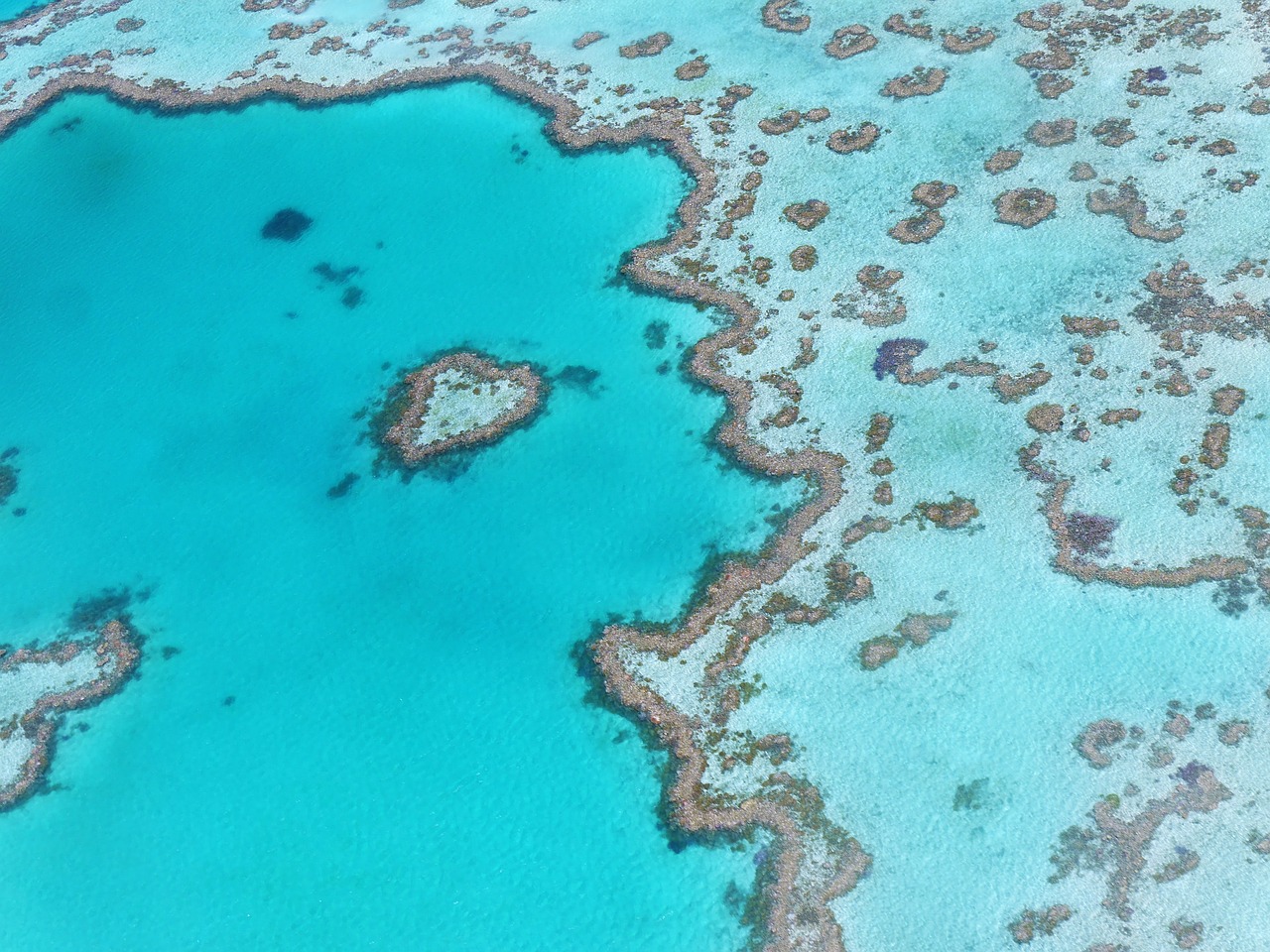- Location: Coral Sea off the coast of Queensland, Australia
- Description: The Great Barrier Reef is the largest coral reef in the world, composed of over 2,900 individual reefs and 900 islands stretching for over 1,400 miles over an area of approximately 133,000 square miles. A dream destination for any diver, endless underwater gardens and colorful sea life awaits, thanks to ideal conditions that keep the reef thriving.
- Location: Off the coast of Ecuador
- Description: A UNESCO World Heritage Site, The Galápagos Islands are an archipelago of volcanic islands that lie 563 miles west of continental Ecuador. They feature an amazing range of land and sea creatures – partially inspiring Charles Darwin to write “On The Origin of Species,” which outlined his theory of evolution.
- Location: Off the coast of Belize
- Description: The Belize Barrier Reef is the second largest coral reef system in the world after the Great Barrier Reef in Australia. The country’s top tourist destination boasts one of the most diverse ecosystems in the world – where an estimated 90 percent of all reef species are still undiscovered. It's popular for scuba diving, snorkeling and is also vital to the country's fishing industry.
- Location: Between Northern Africa & Saudi Arabia
- Description: Known as the “underwater garden of Eden,” scuba divers who explore the Northern Red Sea are rewarded with a submarine paradise full of 1,000 different kinds of fish, more than 1,000 species of invertebrates and about 400 types of corals. It is the world's northernmost tropical sea.
- Location: Siberia, Russia
- Description: Lake Baikal is the largest freshwater lake in the world, containing roughly 20% of the world's unfrozen surface fresh water, and is the world's deepest lake at 5,387 feet. It's considered among the world's clearest lakes and the world's oldest lake at 25 million years. It is the seventh-largest lake in the world by surface area with 5,700 cubic miles of fresh water -- more water than all the Great Lakes combined.
- Location: Off the coast of Ecuador
- Description: Also known as hydrothermal vents, these bizarre underwater environments can sustain life even with lack of sunlight. First discovered in the 1970’s, scientists were amazed that there could be life in such depths with no presence of sunlight. Organisms such as tube worms, sea cucumbers, sponges, brittle stars and a variety of mollusk species make this a true wonder.
- Location: Surrounding the islands of Palau in the Pacific Ocean
- Description: The Palau Reefs offer unprecedented geological and biological diversity resulting in amazing underwater beauty. It's one of the world's top diving destinations where you’ll find everything from World War II wrecks to shark and manta cleaning stations to caverns.


